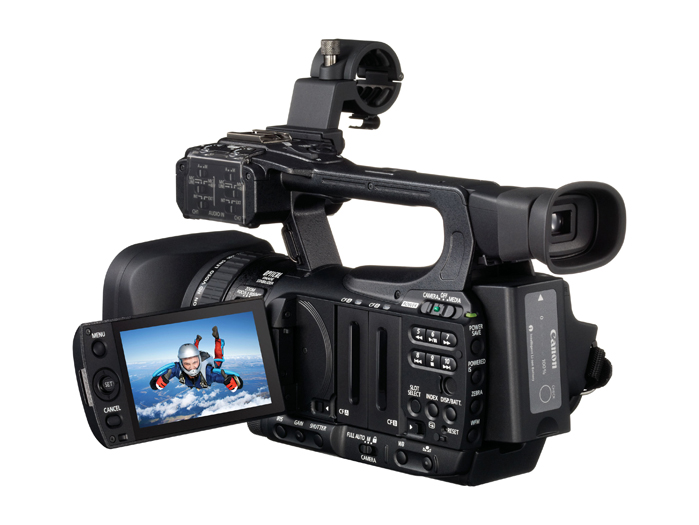Last Updated on 07/29/2011 by Chris Gampat
In this five part serious Matthew Novak with reveal the ins and outs of producing a feature length film with the canon 7D as the main camera. To read part one click HERE
When you’re doing any shoot, whether it be photography or video, a gear list always hinges upon two things: What you want to accomplish and sometimes more importantly what your budget is. The gear list that follows constitutes what has gone into the Summer Stories Production thus far.
At this point you might be saying “Wait, I thought this was about making a movie with a Canon 7D?!” It is. But, it’s important for you to not only see what else makes a good production but also what you need to make up for some of the 7D’s short-comings as well as what you don’t need. Also included (in red) are items that were sought after but due to budget constraints weren’t used. They may not necessarily make the film better but they definitely would have made it easier.
The following list has been broken down into two parts: 1.) Video/Camera-related 2.) Audio
VIDEO/CAMERA-RELATED
• Canon 7D
• Canon VIXIA HV30– One issue with the 7D is that you are limited not only by size but also by time. The camera is only able to capture in 12 minute clips. The need to have a second camera that could continuously record for long periods of time to capture entire interviews as well as time-lapsed events was remedied by the addition of the Hv30—it is by no means a pro camera but with a few tricks you get great quality for a small dent in the budget. This camera has proven to be a great companion to the 7D and 5D Mk II’s limitations.
• Lenses – Canon EF 20mm f/2.8 USM– Canon EF 50mm f1.4 USM
– Canon EF 24-70mm f/2.8L USM
–Canon EF 16-35mm f/2.8L II USM
There’s a lot of crossover with the lens list and the reason for this is simple: The two primes were used in any situation where it was clear only that focal length was needed. Because much of this film was, and is still being shot handheld or with a light shoulder rig the need to limit the weight was important. The heavier zooms were used only where it was absolutely necessary, mostly for interviews, where changing focal lengths was important for emotion. Also, because less planning went into these interviews to capture a very ‘real’ conversation verses a scripted one.
Misc. Filters – a number of Hoya filters were used to control lighting situations. Each lens had a UV filter on at all times, plus Neutral density filters were often utilized because there was a significant amount of outdoor shooting. In addition to these each lens often had a circular polarizer on it. Sky and background color can always be fixed in post, but it is often best to capture the best footage possible and the polarizers really help.
AUDIO
Because the 7D is first a still camera and second a video camera, some sacrifices have been made that needed to be addressed when using it exclusively for video. The biggest issue is by far the mic and lack of audio interface on the camera. The 1/8 in input for a mic means that in order to use pro audio, you need to use an adapter that accepts an xlr input then outputs it to the camera, or you can use external sound recording equipment. Even with a good mic and an adapter on the 7D there is a decent amount gain applied to the audio which is a bit off-putting. Also, there is no way to monitor your levels other than recording, capturing footage and then monitoring from the computer. Because of this The Summer Stories production used the following equipment.
• Tascam DR100 Portable Digital Recorder– This small package delivered hugely on set. It has multiple recording modes and compressions, has two built in mics and has 2 XLR inputs. It also allows you to hook up headphones and monitor sound in real time.
• Rode NTG2 Condenser Shotgun Microphone– For its price tag this mic is an absolute work-horse and when coupled with the external recorder, sound recording was a breeze and required very little post production correction.
• Rode Deadcat Microphone Wind Muff– All of the Summer Stories interviews were recorded on location in an outdoor environment, making this wind screen the best investment on set.
If you want a more diverse selection and recommendation of gear, you should check out Chris’s posting here.
For a full movie production, this list really is quite compact, but these tools get the job done for what is need. When you get right down to it if you have a good story you only need gear to help you tell it. For more information about Summer Stories and its progress please visit the Indiegogo page or connect on Facebook


